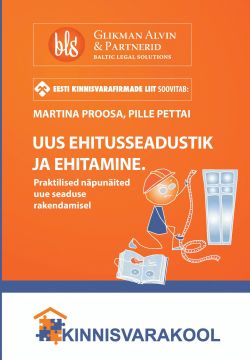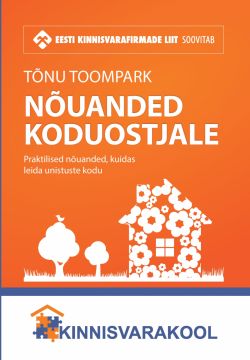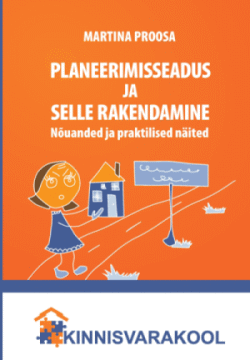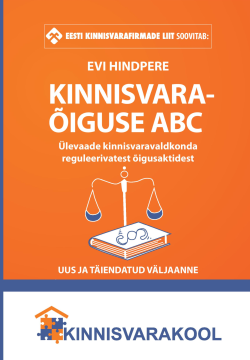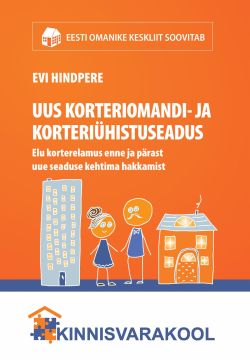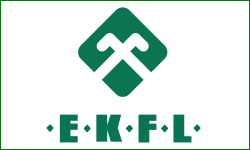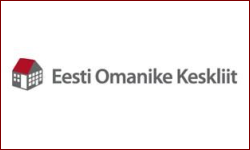 Growth of house prices one of the fastest in Europe
Growth of house prices one of the fastest in Europe- House prices have grown faster than households’ incomes
- Surge in supply should slow future price growth
Growth of house prices one of the fastest in Europe
Of the 27 countries Eurostat has data for, Estonia has seen, since 2010, the biggest increase in dwelling prices. The prices of apartments (which amount to around 75% of all purchase-sale transactions in real estate) have increased the most, by around 11% a year since 2011. Higher incomes are enabling households to improve their living standards. Real estate is also an attractive investment option, as nominal interest rates for loans and deposits are very low and housing rents have increased substantially. Construction prices have also risen a bit since 2010, but much less than dwelling prices.
House prices have grown faster than households’ incomes
Since 2010, the prices of dwellings in Estonia have risen faster than average net wages. Since mid-2014, a fall in interest rates has improved housing affordability somewhat for those who wish to purchase a dwelling with a mortgage. Despite the fast increase in real estate prices, demand for housing has grown, and the number of purchase-sale transactions has been rising since 2012. Although demand for housing loans has increased in line with the rise in activity on the real estate market, the role played by the loan market has been smaller, and lending more conservative, than during the previous growth cycle.
Surge in supply should slow future price growth
Construction data show that the development of new dwellings has picked up in 2014-2015. A substantial number of new dwellings has reached or will reach the market soon. The larger supply should reduce the growth of real estate prices, especially in the apartments segment.




 Growth of house prices one of the fastest in Europe
Growth of house prices one of the fastest in Europe


